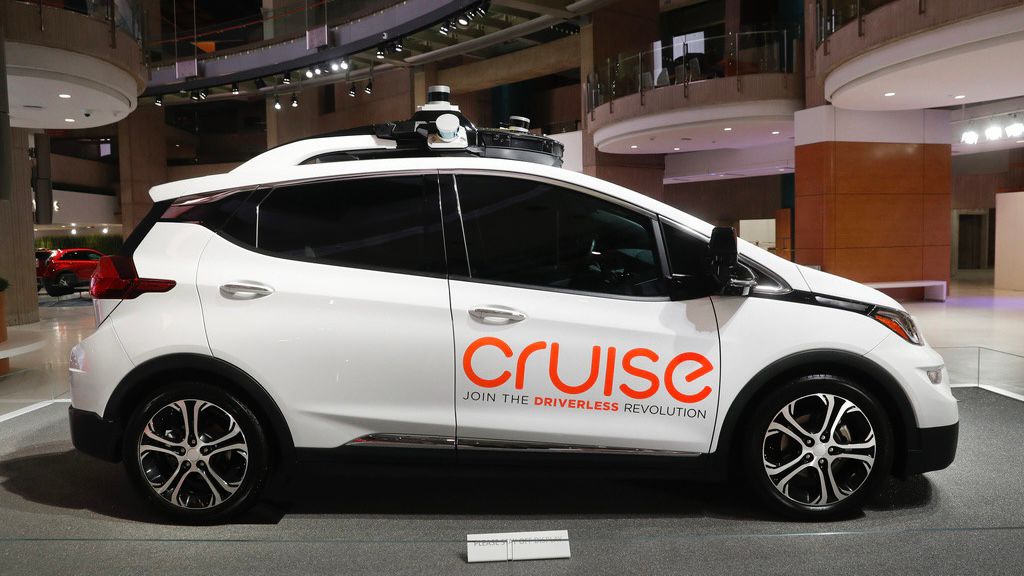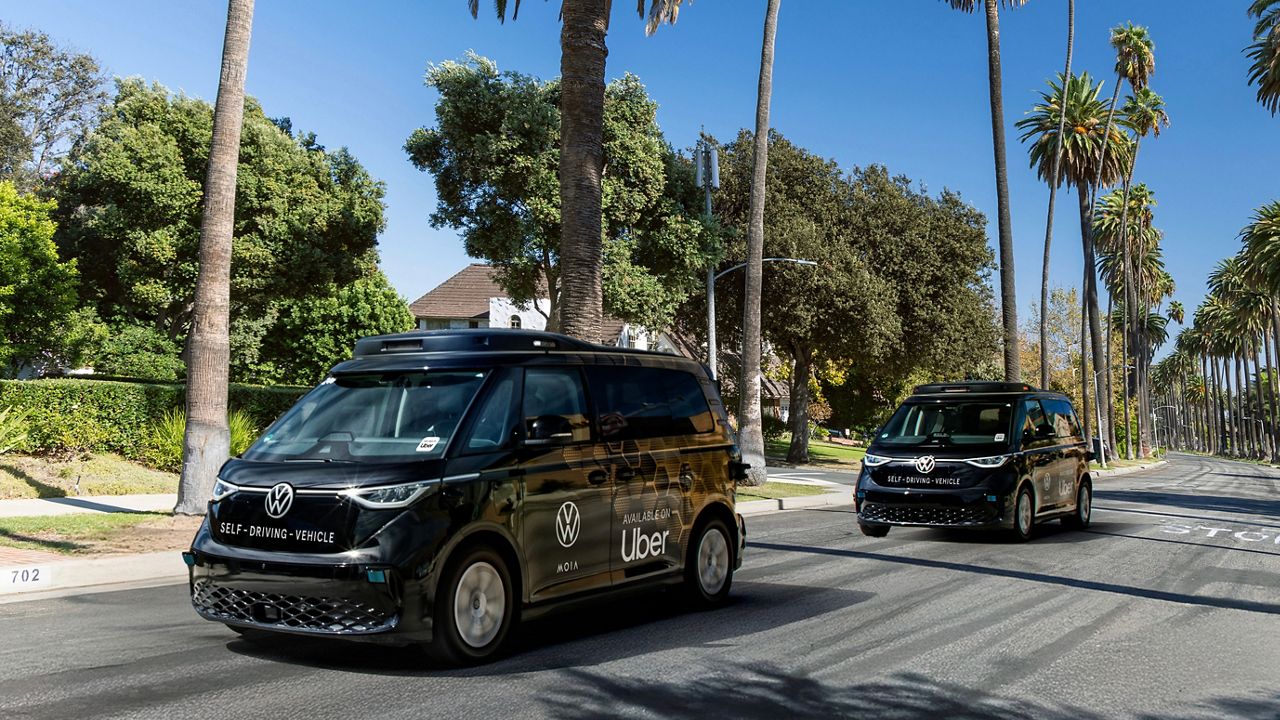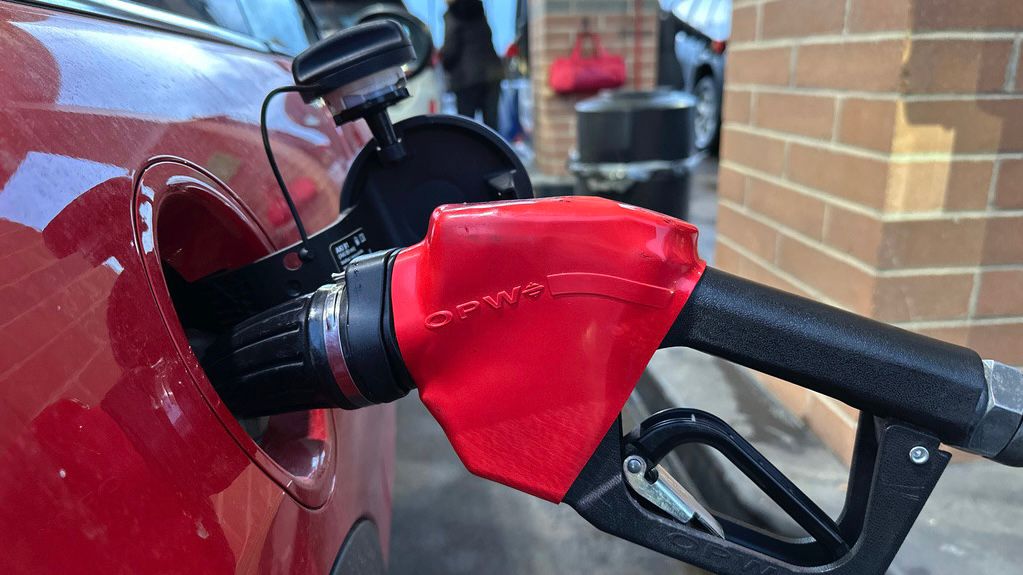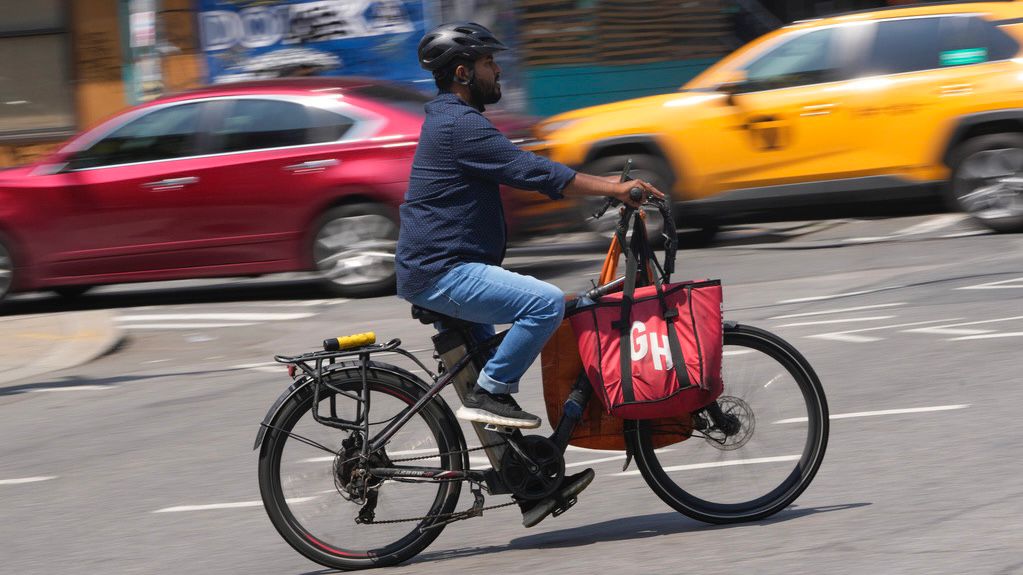SAN FRANCISCO — Almost four months after a San Francisco crash involving one of its robotaxis, General Motors’ autonomous driving unit, Cruise, said its disclosures to transportation safety regulators were inadequate. The Oct. 2 incident, where a Cruise robotaxi struck a pedestrian and dragged her 20 feet to a curb, resulted in a suspension of the company’s driverless permits in California and a federal investigation.
“On behalf of Cruise and its current leadership, we deeply regret our failures and are committed to improving and working in partnership with our regulators, other government officials and the public,” Cruise President and Chief Administrative Officer Craig Gidden wrote in a letter accompanying the report that was sent to the California DMV, California Public Utilities Commission and National Highway Traffic Safety Administration on Wednesday.
The report was conducted by the law firm Quinn Emanuel, which Cruise retained to conduct a third-party review of the Oct. 2 incident. After interviewing 88 Cruise employees and contractors and reviewing more than 200,000 internal Cruise documents, Quinn Emanuel concluded the company had not intended to deceive or mislead regulators when it attempted to share a 45-second video with regulators to show the robotaxi maneuver that dragged the pedestrian.
Instead, it cited “a failure of leadership within Cruise, inadequate and uncoordinated internal processes, mistakes in judgment, an ‘us versus them’ mentality with government officials and a fundamental misunderstanding of regulatory requirements and expectations.”
The report also found that Cruise employees did not know about the pullover maneuver or dragging when they issued a statement about the incident to the media, or when it shared an early video of the pullover maneuver with journalists.
Once employees were made aware of the facts, however, they failed to update the press statement or share the full video. The analysis noted that Cruise was myopically focused on maintaining “the initial inaccurate media narrative that the Cruise AV, rather than the human driver, had caused the incident.”
The pedestrian who was struck by the AV was first hit by a human driver that launched her into the Cruise robotaxi’s path of travel.
Cruise said it accepts the Quinn Emanuel findings and agrees to act on its recommendations. The company said nine employees left the company in December, including leaders in key legal, government affairs and safety positions. It has also established a new chief safety officer role.
As an addendum to the Quinn Emanuel report, Cruise also reiterated findings from the firm Exponent, which it hired to conduct a technical root cause analysis of the Oct. 2 incident. That report found the AV had accurately detected, classified, and tracked the pedestrian and the human-driven vehicle that had struck her.
It also determined the Cruise robotaxi crash was caused by the pedestrian being propelled into the AV’s path by the human-driven vehicle. After that happened, however, the Cruise autonomous vehicle erred by incorrectly classifying the collision as a side-impact, prompting the pullover maneuver that dragged her to the curb.
Cruise said it has already updated its software to address the issues and filed a voluntary recall of its cars with the National Highway Traffic Safety Administration in November.
Looking ahead, the company said Thursday it still believes “over time, autonomous vehicles can significantly reduce the number and severity of car collisions which result in more than 40000 deaths on U.S. roads each year.”
The company said it will continue to work with regulators and communities to earn back the public trust.










